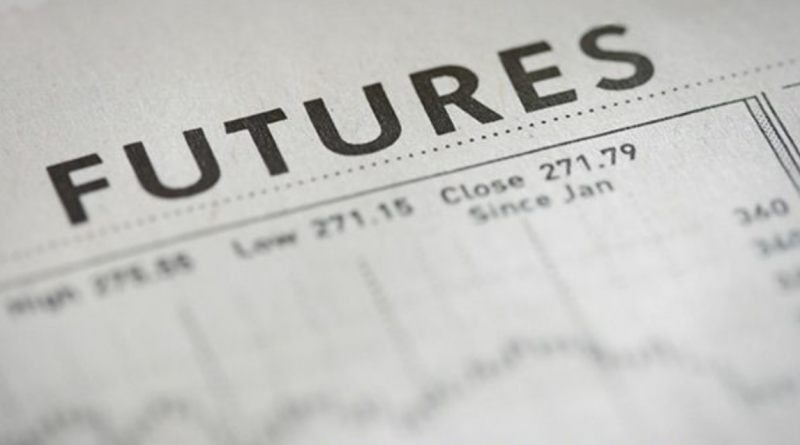Many people enter the trading world looking for Futures Trading Strategies because they have heard you can make good money in these markets. For the people who treat trading like a professional, they do have a shot at making money while the opposite is true for those who treat it like a hobby. I am going to assume that you understand the general business behind Futures trading and are ready for some Futures Trade Techniques that you can actually use.
The first thing you have to know is which direction your analysis is pointing you in.
1.Going long
This is where you expect the price of the commodity is going to increase. For example, oil is sitting at $100.00/barrel. Your analysis shows an expectant increase in the cost of oil so you deposit the margin and buy one contract. Price rises and you cash out in profit. If price declines, you have the ability to exit this contract to protect your trading capital and take your predetermined loss. Most Futures Trading Strategies take into account that you can lose on a trade and have a built-in risk profile for each position.
2.Going Short
This is the exact opposite of buying. You expect a decrease in the price of a commodity such as oil. You deposit the required margin, sell the contract and let the trade play out. If you are correct, you exit the position and take your profits. If price rises against your position, you exit at a loss to protect your trading capital.
One of the most vital Futures Trade Techniques that you should implement is the stop-loss order. Netpicks hammers home to all traders the risk and account management is important for your long term Futures Trading success.
A stop-loss order is an offsetting order that will liquidate your position at a certain price. For example, if you bought one oil contract at $100.00/barrel, you may put a stop-loss order in at $99.50. If the price of oil declines to that price, your stop-loss order gets converted to a market order to sell your position. When using Futures Trading Strategies, understand that you may encounter slippage in your orders when using market orders. In the above example, if there are available contracts at $99.50, you will get filled. If the next best price is $99.25, you will get filled at that price giving you .25 cents of slippage.
Whatever Future Trade Techniques you use such as buying/selling breakouts, retracements or using momentum styles of trading, there are three important areas you need to master:
- ·Psychology of Trading – Know yourself in-depth and how you respond to the markets
- ·Futures Trading Strategies – Know your strategy so well that you can execute it when it is called for and without hesitation. You must be objective in the utilization of your system.
- ·Money Management – Without trading capital, your trading business is closed. Adhere to proper risk profiles for each trade. Many traders risk no more than 2% of their overall account balance per trade
Netpicks has Futures Trading Strategies that work however the ease of use can cause a problem. It is too easy to use these strategies on too many Futures markets. To avoid any burnout and the chance of missing a setup in a particular market, stick to two to three Futures markets to trade. You don’t need to have your monitor full of markets to look at as it only takes a few markets to give you a chance at a good living in the trading field.
Regardless of the Futures Trade Techniques you implement, keep a few things in mind:
- ·Do not add to a losing position nor convince yourself you are averaging in if you know you are not.
- ·You will lose and when you do, ensure you exit your trade at the predetermined exit price without hesitation.
- ·Avoid attempting to pick the top or bottom of the market. While this can dramatically reduce your risk profile, it is well advised to let the market show you the turn before you trade it.
- ·Cash out when given a gift. When the market rockets unexpectedly in your favor past the profit potential you originally expected, take the money and run.

